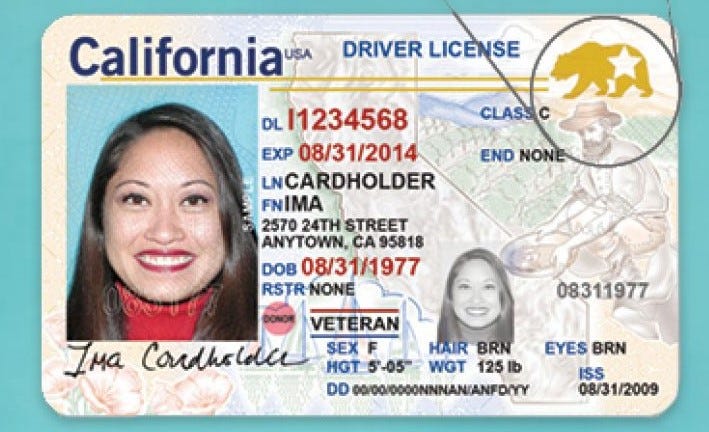Bow, Stern And Gangway: Do You Know Your Cruise Ship Terms? Test Your Knowledge

For first-timers, cruise ship terminology can seem like its own language. From direction to parts of the ship, crew members use maritime terminology onboard that travelers won’t necessarily during land based vacations.
Those are part of the “mariner’s standard vocabulary,” according to Walt Nadolny, professor emeritus of marine transportation and global business at the State University of New York Maritime College, and a former environmental officer for Carnival Cruise Line and Norwegian Cruise Line.
“I’ve worked on everything from oil tankers to cruise ships to roll-on, roll-off container ships … you name it, I’ve probably sailed on it, and the terms are pretty much universal,” he told USA TODAY. “Some of those terms date back hundreds if not thousands of years. It’s a vocabulary that is unique to the maritime industry and still is in use.”
Whether you’ve got many nights at sea under your belt or have not yet set sail, we’ve rounded up some common cruise lingo so you can test your knowledge. Try to match the words to the definitions below.
- Starboard
- Stern
- Bridge
- Port side
- Gangway
- Tender
- Bow
- Keel
- A. A small boat for traveling to and from shore while the ship is anchored
- B. The front of the ship
- C. The ship’s right side when facing forward
- D. The ship’s left side when facing forward
- E. The back of the ship
- F. The walkway used to get on and off the ship
- G. The center structural piece at the bottom of the ship
- H. The control center from which the captain and other crew navigate
Answers at the bottom.
The terminology serves a practical purpose, according to Nadolny. “The working language globally for marine transportation is English,” he said.
The majority of seagoing crew need a command of “nautical English” so they can communicate with one another. he added. Crews working for cruise line members of Cruise Lines International Association – the industry’s leading trade organization – are comprised of more than 75 nationalities, according to its website.
Seaspeak, a method of communication developed by linguists and shipping experts, became the official language of the seas in 1988, according to the National Oceanic and Atmospheric Administration. “English was chosen as the principle lexicon for Seaspeak because it was the most common language spoken on ships at that time, and, importantly, it was also the language of civil aviation,” the agency’s website reads.
- 1 = C
- 2 = E
- 3 = H
- 4 = D
- 5 = F
- 6 = A
- 7 = B
- 8 = G
0-2: You should try a short sailing to get your sea legs
3-5: You might be ready for a world cruise
6-8: You're an experienced sailor looking for unique experiences
Nathan Diller is a consumer travel reporter for USA TODAY based in Nashville. You can reach him at ndiller@usatoday.com.

